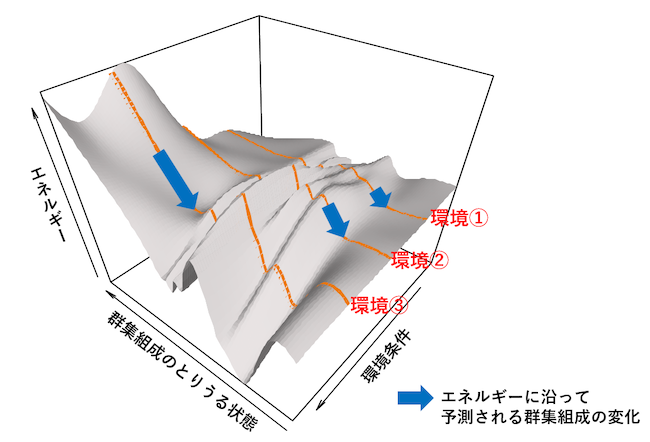2025-05-01 NASA

X-ray: NASA/CXC/Northwestern Univ./F. Yusef-Zadeh et al; Radio: NRF/SARAO/MeerKat; Image Processing: NASA/CXC/SAO/N. Wolk
<関連情報>
- https://www.nasa.gov/missions/chandra/nasas-chandra-diagnoses-cause-of-fracture-in-galactic-bone/
- https://academic.oup.com/mnras/article/530/1/254/7613950
G359.13142-0.20005:銀河中心蛇(G359.1-0.2)に走るX線と対をなす急峻なスペクトルの電波パルサー候補 G359.13142-0.20005: a steep spectrum radio pulsar candidate with an X-ray counterpart running into the Galactic Centre Snake (G359.1-0.2)
F Yusef-Zadeh , Jun-Hui Zhao , R Arendt , M Wardle , C O Heinke , M Royster , C Lang , J Michail
Monthly Notices of the Royal Astronomical Society Published:23 February 2024
DOI:https://doi.org/10.1093/mnras/stae549
ABSTRACT
The Snake is a remarkable Galactic Centre radio filament with a morphology characterized by two kinks along its ∼20 arcmin extent. The major and minor kinks are located where the filament is most distorted from a linear magnetized structure running perpendicular to the Galactic plane. We present Chandra, VLA, and MeerKAT data and report the detection of an X-ray and radio source at the location of the major kink. High-resolution radio images of the major kink reveal a compact source with a steep spectrum with spectral index α ∼ −2.7 surrounded by extended emission. The radio luminosity and steep spectrum of the compact source are consistent with a pulsar. We also show flattening of the spectrum and enhanced synchrotron emissivity away from the position of the major kink along the Snake, which suggests injection of relativistic particles along the Snake. We argue that the major kink is created by a fast-moving (∼500–1000 km s−1) object punching into the Snake, distorting its magnetic structure, and producing X-ray emission. X-ray emission pinpoints an active acceleration site where the interaction is taking place. A secondary kink is argued to be induced by the impact of the high-velocity object producing the major kink.


